In spring 2021, Xiaomi released the Redmi K40 Gaming, Redmi’s first gaming smartphone. It’s got a 6.67″ display, OLED flexible straight screen, 5065mAh battery, 67W flash charging, and according to the brand, it’s particularly light and thin. There is even a special K40 Edition Bruce Lee King of Kung Fu, although we tested the standard model.
On the audio side, it has two speakers, three mics, and sound by JBL. Let’s see how it measures up in our rigorous audio test suite.
Audio specifications include:
- Two speakers at the top and bottom edges of the device, side firing.
- Three mics
- Sound by JBL
About DXOMARK Audio tests: For scoring and analysis in our smartphone audio reviews, DXOMARK engineers perform a variety of objective tests and undertake more than 20 hours of perceptual evaluation under controlled lab conditions. This article highlights the most important results of our testing. Note that we evaluate both Playback and Recording using only the device’s built-in hardware and default apps. (For more details about our Playback protocol, click here; for more details about our Recording protocol, click here.)
Test summary
Scoring
Sub-scores and attributes included in the calculations of the global score.
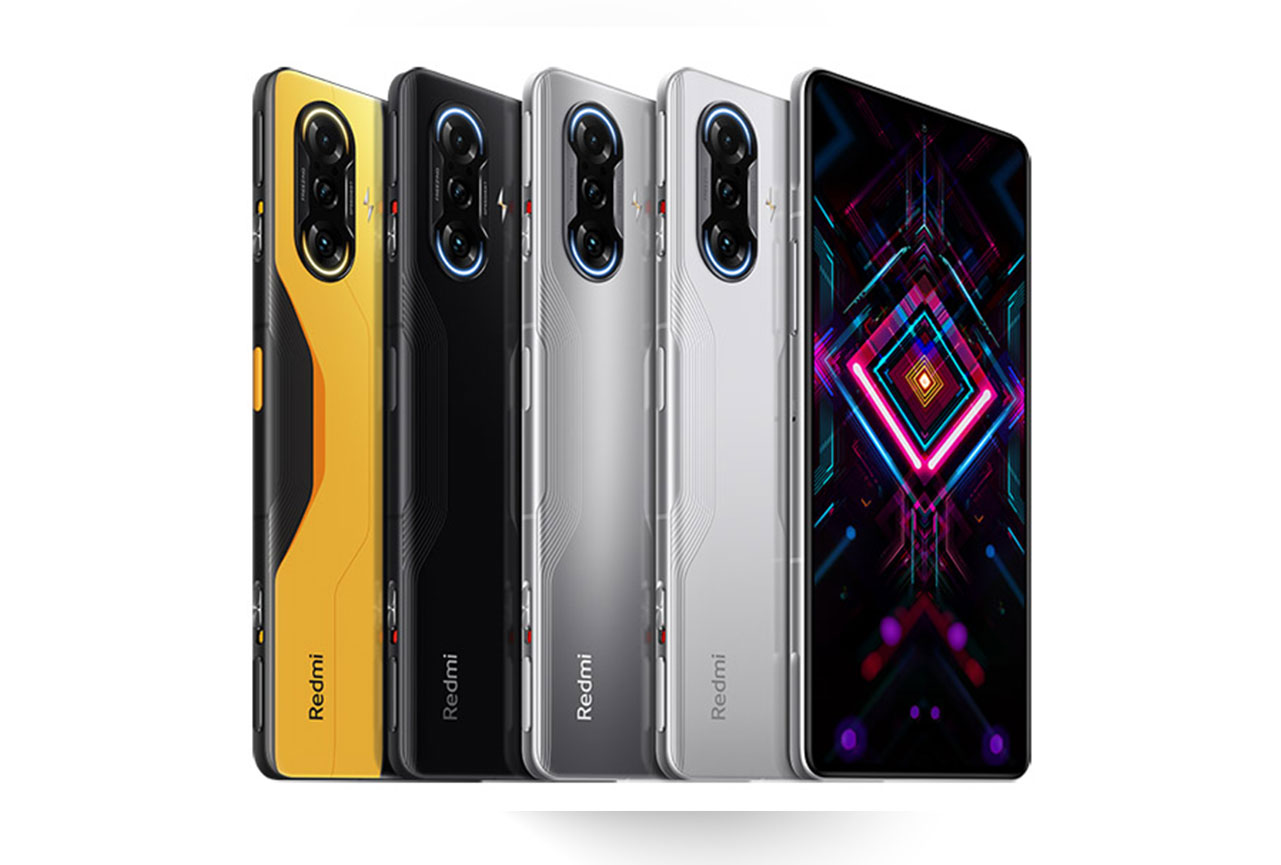
Xiaomi Redmi K40 Gaming


 112th
112th 4th
4thPlayback
Pros
- Device delivers good wideness.
- Tonal balance is solid.
Cons
- The first volume step is too low.
- There is a lack of low-end extension.
Recording
Pros
- Great loudness.
- Good signal-to-noise ratio (SNR).
Cons
- Background has a hissy sound.
- Stereo field is quite narrow.
The Xiaomi Redmi K40 Gaming earned an overall score of 68. Among the devices we’ve tested in our Advanced category, this puts it in good territory, just one point down from the Samsung Galaxy A52 5G, though a few notches further down from the top score in the group, earned by its brand sibling, the Xiaomi Mi 10S, at 80.
In playback testing, the K40 Gaming was somewhat below average in timbre, but had decent scores in the spatial and dynamics attributes, and good scores in volume and artifacts. The device was particularly adept at delivering good overall timbre in the movie use case.
As a recording device, the K40 Gaming fell short of average. In fact, this was somewhat of a surprise. Its brand sibling, the K40 Pro+, snagged an impressive 70 in recording overall, and an 81 in recording timbre. This Redmi device, on the other hand, produces recordings with uneven timbre and a lot of artifacts.
Sub-scores explained
The DXOMARK Audio overall score of 68 for the Xiaomi Redmi K40 Gaming is derived from its Playback and Recording scores and their respective sub-scores. In this section, we’ll take a closer look at these audio quality sub-scores and explain what they mean for the user.
Playback

Timbre
Xiaomi Redmi K40 Gaming
62
89
Timbre tests measure how well a phone reproduces sound across the audible tonal range and takes into account bass, midrange, treble, tonal balance, and volume dependency.
The Redmi K40 Gaming delivers an adequate performance in timbre, with a tonal balance marked by correct treble and high-end extension in the music use case, though treble was somewhat lacking in some other use cases. The device earned the highest marks when being used for viewing movies, where it delivered more clarity.
The K40 Gaming produces clean midrange, but the high-mids are overly prominent in the movie use case. Despite the lack of low-end extension, bass is correct, especially when the device is held in portrait mode. The tonal balance holds up well at maximum volume, with slightly more bass than at nominal volumes.

Dynamics
Xiaomi Redmi K40 Gaming
69
81
DXOMARK’s dynamics tests measure how well a device reproduces the energy level of a sound source, and how precisely it reproduces bass frequencies.
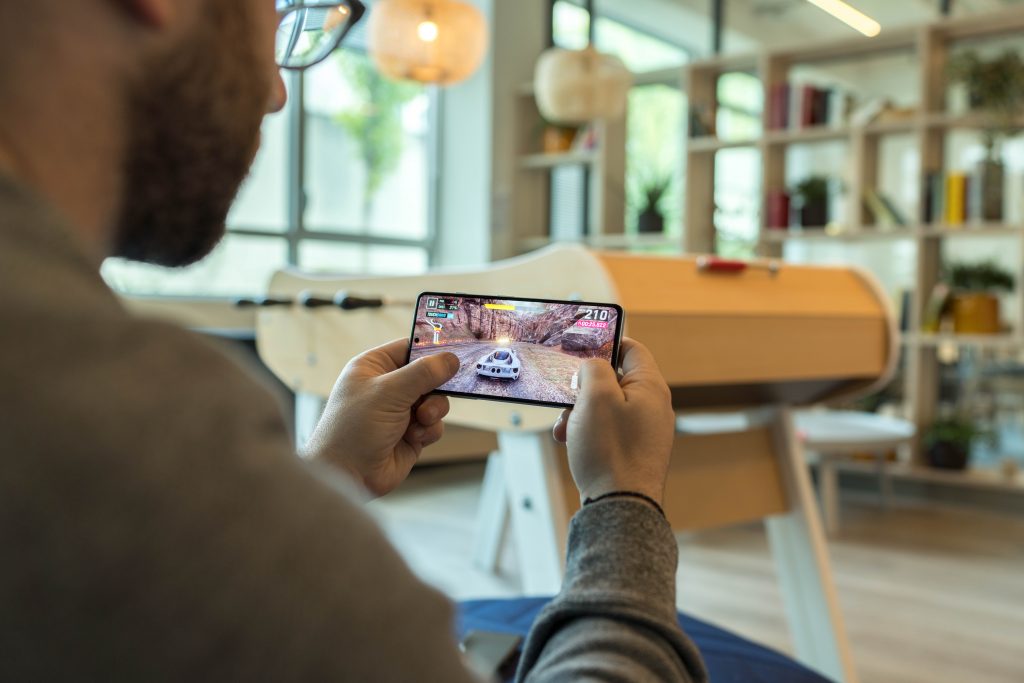
The punch is quite good at nominal volume. The lack of lower frequency content renders it quite feeble at soft volume, however.

Spatial
Xiaomi Redmi K40 Gaming
69
88
The sub-attributes for perceptual spatial tests include localizability, balance, distance, and wideness.
The K40 Gaming earned a respectable score in spatial. Wideness was good, and localizability was also a plus, despite the relative lack of treble to help the ear locate sounds. Voices are well-centered, and the distance rendering is realistic, even if it could be improved with a bit more clarity.
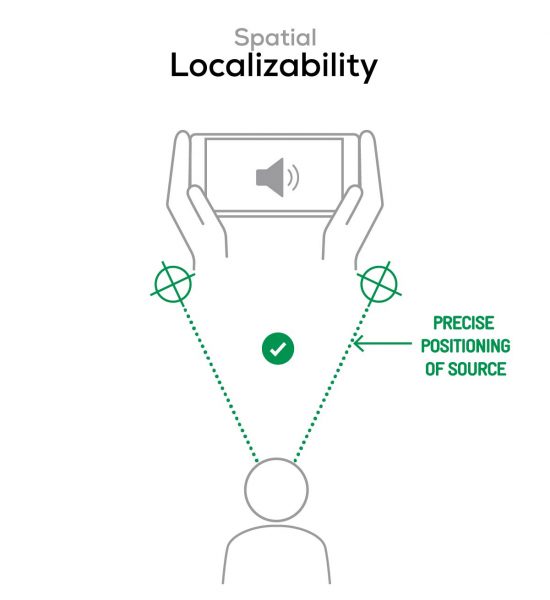
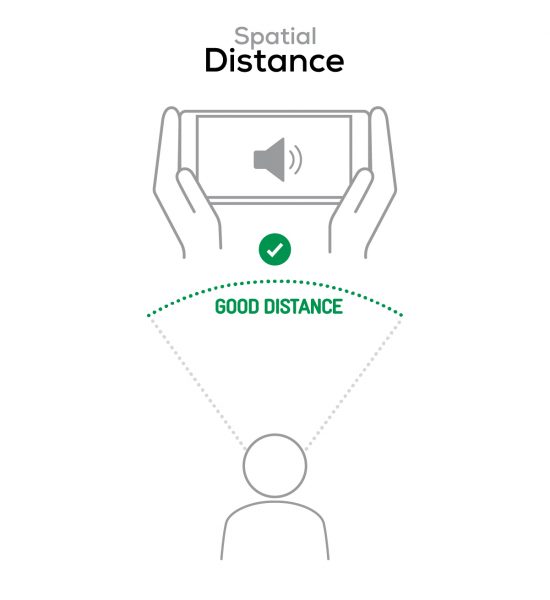
As is the case with many smartphones, the stereo image doesn’t rotate in inverted landscape; that’s especially irksome when watching movies. The K40 Gaming could have had a higher score in this attribute had this flaw been fixed.

Volume
Xiaomi Redmi K40 Gaming
76
91
Volume tests measure both the overall loudness a device is able to reproduce and how smoothly volume increases and decreases based on user input.
The K40 Gaming earned a very good score in the volume attribute, just three points down from the current top score, held by both the Black Shark 4 Pro and the Realme X2 Pro. The loudness is good at maximum volume, but the first volume step is set a little too low to be able to perceive some details. Overall, the volume steps are fairly consistent.

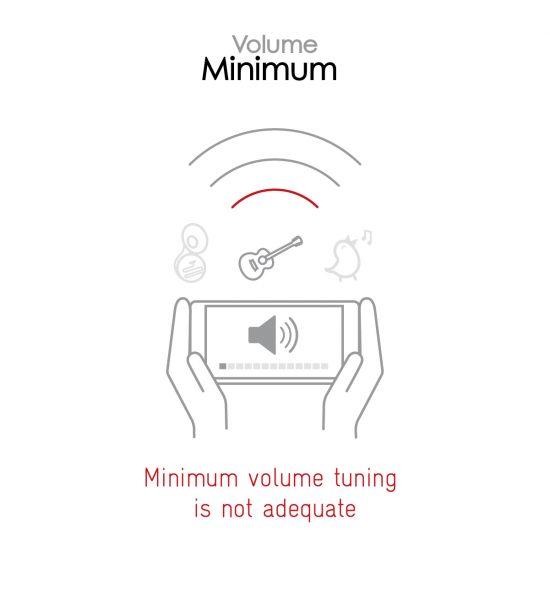
Here are the results of the objective measurements we carried out in our laboratories, using recordings of both hip-hop and classical music played at the maximum user volume step:
| Hip-Hop | Classical | |
| Xiaomi Redmi K40 Gaming | 79.7 dBA | 77.4 dBA |
| Nubia RedMagic 6 Pro | 75.9 dBA | 72.8 dBA |
| ZTE Axon 30 Ultra | 74.6 dBA | 71.3 dBA |

Artifacts
Xiaomi Redmi K40 Gaming
86
113
Artifacts tests measure how much source audio is distorted when played back through a device’s speakers. Distortion can occur both because of sound processing in the device and because of the quality of the speakers.
The Redmi K40 Gaming earned an excellent score in this attribute; very few artifacts were observed. A few unwanted signals were present, but they would not be perceivable in daily use.
Recording

Timbre
Xiaomi Redmi K40 Gaming
65
91
As a recording device, the Xiaomi Redmi K40 Gaming is below average overall. The K40 Gaming’s recordings lack high-end extension, making the sound a bit muffled sometimes. At high volume, the treble can become metallic and sibilant.
The midrange is inconsistent. Numerous resonances make it sound canny and slightly nasal, sometimes even boxy, especially noticeable in the urban selfie video use case. The bass lacks low-end extension, which makes it sound a bit skinny.

Dynamics
Xiaomi Redmi K40 Gaming
60
81
The K40 Gaming fares better in recording dynamics, with good signal-to-noise ratio (SNR), which makes recordings clear and intelligible, although in some cases the lack of midrange clarity impairs that intelligibility.
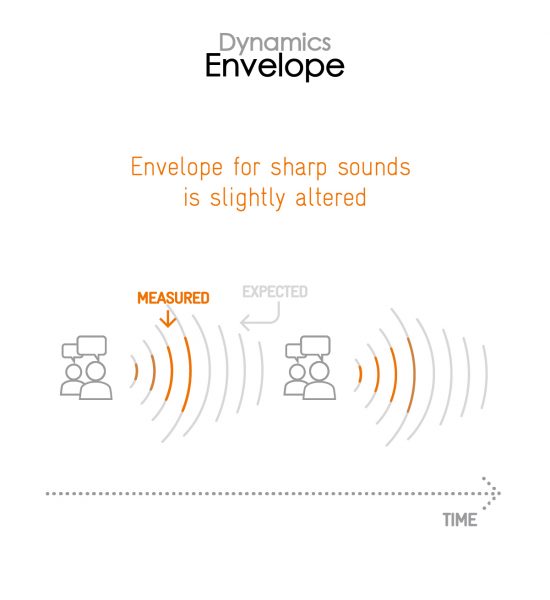
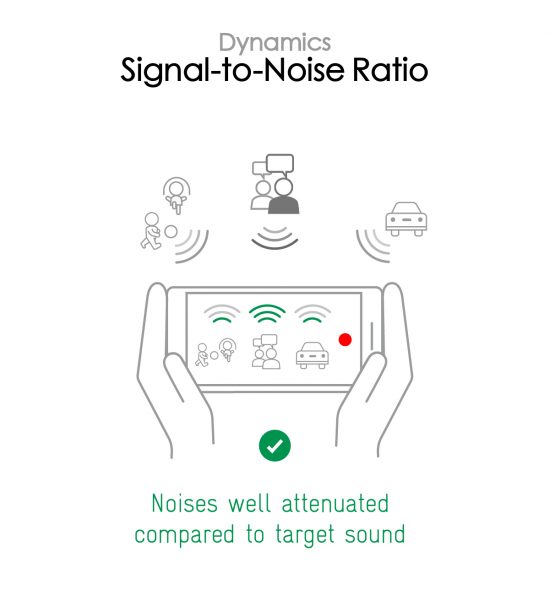
At high volumes, such as in the electronic music concert use case, recordings sound quite compressed, and the envelope is not accurate.

Spatial
Xiaomi Redmi K40 Gaming
56
78
Recordings made with the K40 Gaming are not very wide in most cases. The stereo scene is relatively narrow, and the perceived distance seems to be a bit farther than the original source. The noise reduction tends to create a blurriness that impedes the localization of voices.
In the meeting use case, the Redmi device performs better, producing good wideness.

Volume
Xiaomi Redmi K40 Gaming
57
99
The K40 Gaming delivers good overall loudness in its recordings, but the feeling of volume can sometimes be lessened by the lack of low-end extension, as in the electronic music concert use case, for example. It performs very well in most other use cases, however, especially in indoor selfie, where it earned an elite score.
Here are our test results, measured in LUFS (Loudness Unit Full Scale). As a reference, we expect loudness levels to be above -24 LUFS for recorded content:
| Meeting | Life Video | Selfie Video | Memo | |
| Xiaomi Redmi K40 Gaming | -27.7 LUFS | -20.2 LUFS | -18.9 LUFS | -21.7 LUFS |
| Nubia RedMagic 6 Pro | -34.8 LUFS | -23.9 LUFS | -19.3 LUFS | -27.7 LUFS |
| ZTE Axon 30 Ultra | -28.5 LUFS | -24 LUFS | -26.6 LUFS | -20.4 LUFS |

Artifacts
Xiaomi Redmi K40 Gaming
65
97
The K40 Gaming produces quite a few artifacts. It tends to sound compressed and pumping is evident on loud sound sources, such as shouts or loud music.
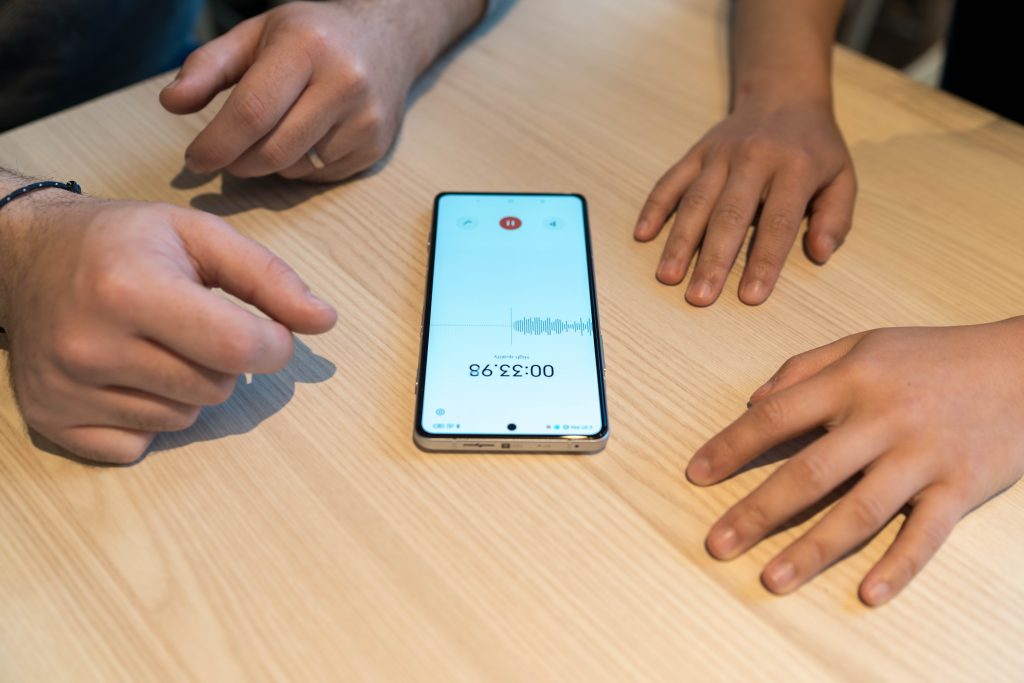
The microphones have a tendency to distort sound sources. In loud situations, such as recording a concert, intermit noises can occur on top of the previously mentioned artifacts. You can check for artifacts yourself in this sample recording:

Background
Xiaomi Redmi K40 Gaming
36
60
The background signal recorded with the K40 Gaming lacks a bit of low-end extension and is resonant in the midrange, making it sound thin and boxy. On top of that, hissing is present on background in most use cases, and this knocked down the score greatly.
Conclusion
Those looking for an adept tool for recording in a variety of situations would be wise to look elsewhere. In playback, the Xiaomi Redmi K40 Gaming will please gamers looking for loud volume, decent spatial attributes, and good performance on dynamics sub-attributes like attack and punch.


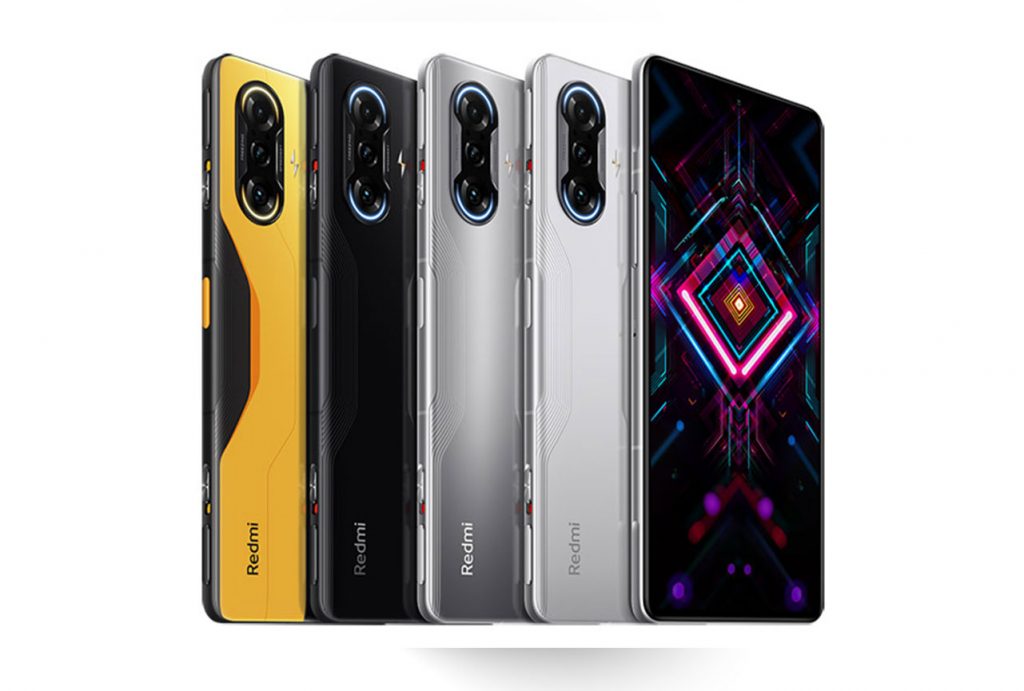
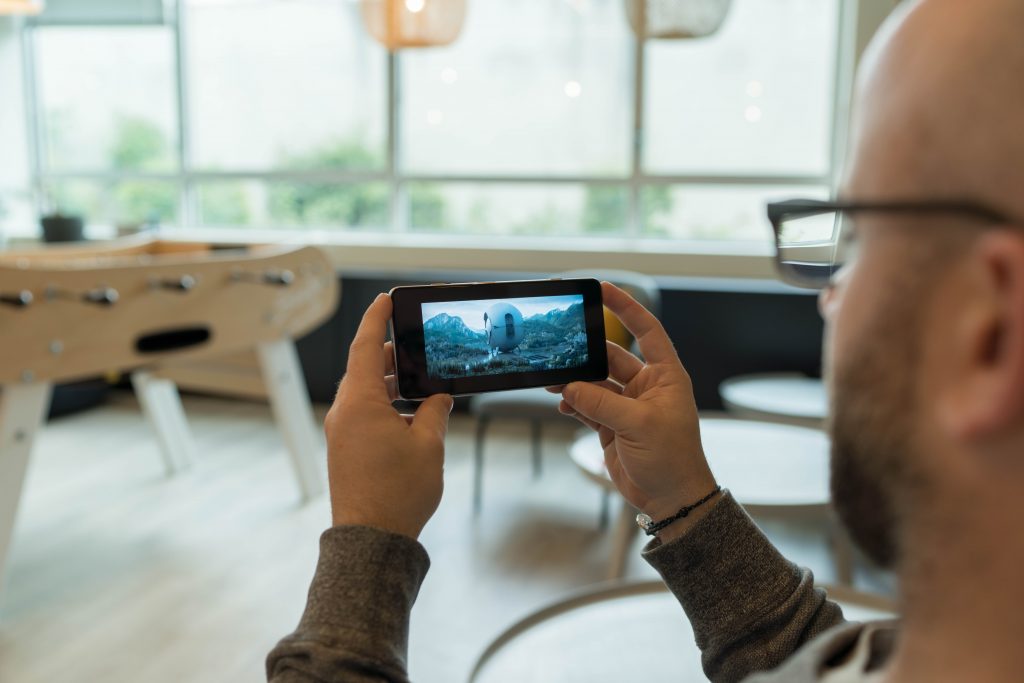
DXOMARK encourages its readers to share comments on the articles. To read or post comments, Disqus cookies are required. Change your Cookies Preferences and read more about our Comment Policy.